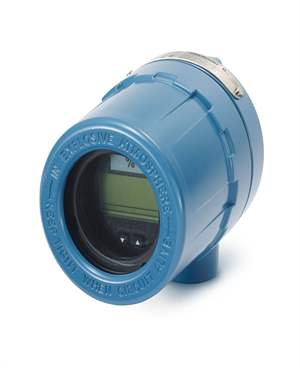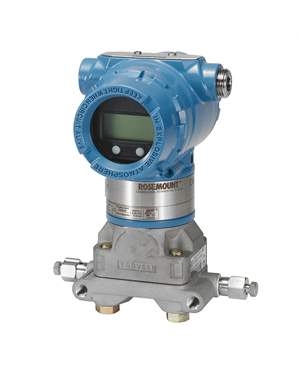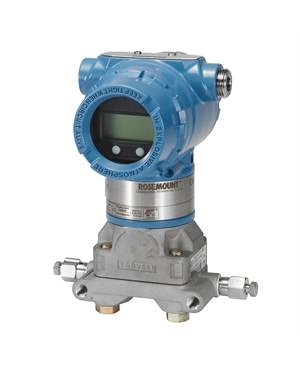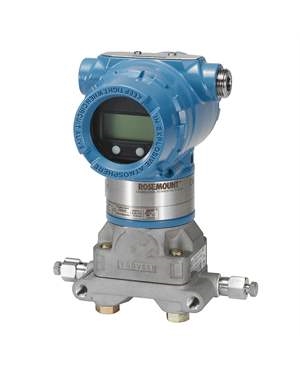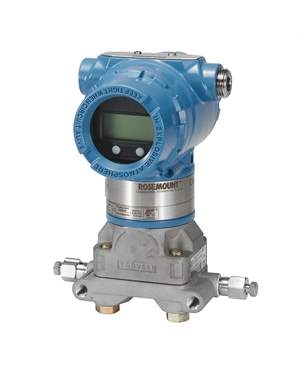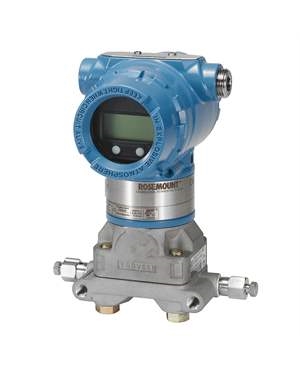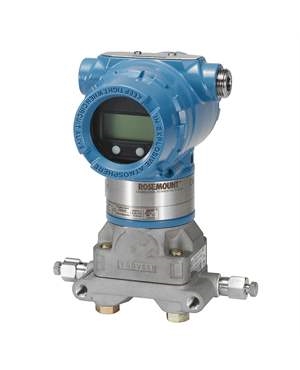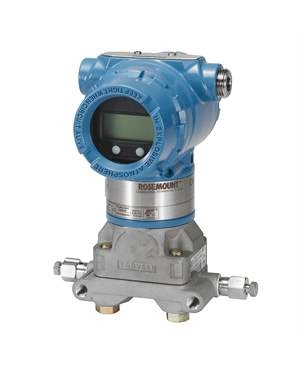Level Monitoring Solutions for Molten Metal Applications
Brian Craig
September 26, 2023
In the world of heavy industry and metallurgy, molten metal plays a pivotal role in the production of countless essential components and materials. From steel manufacturing to aluminum casting, the process of dealing with molten metal demands the highest levels of precision, efficiency and safety. Ensuring that the liquid metal remains at the right levels is not only crucial for product quality but also for the well-being of workers and the integrity of equipment.
Molten metals are known for their extreme temperatures, often exceeding thousands of degrees Celsius, making them challenging to handle and manage. This sheer heat, combined with the corrosive and abrasive nature of some metal compositions, poses unique challenges to ensure the safe and efficient operation of molten metal processes, this article is your gateway to understanding how cutting-edge level monitoring solutions are revolutionizing molten metal applications across the globe.
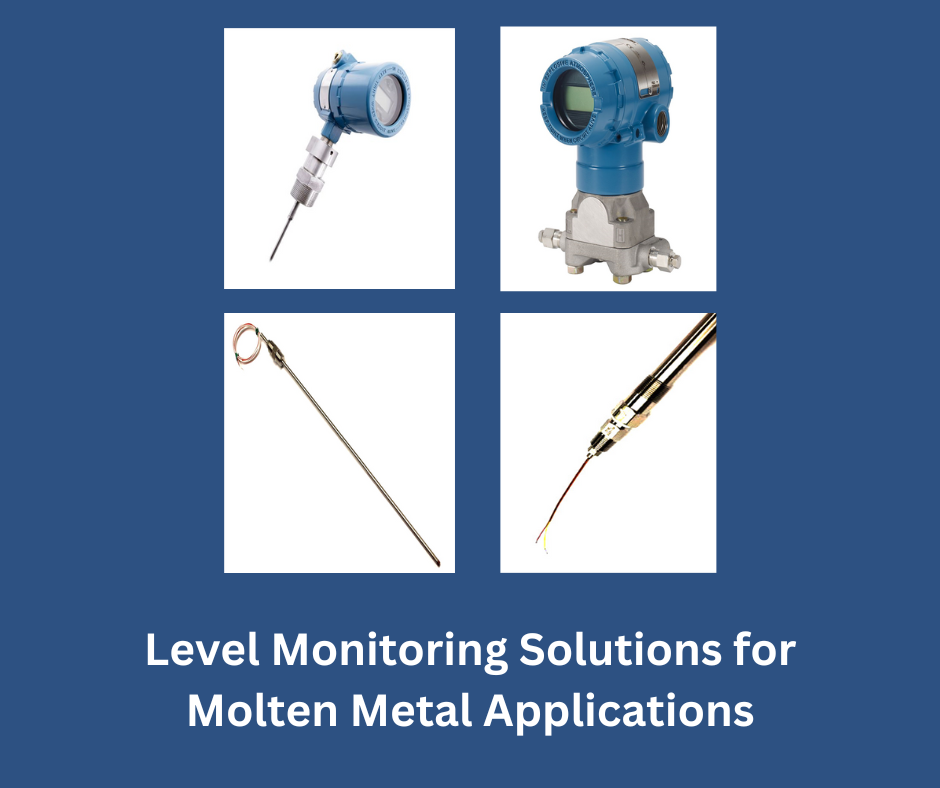
Importance of Accurate Level Monitoring In Molten Metal Applications
Accurate level monitoring in molten metal applications is paramount for several critical reasons:
- Safety: Molten metal operations are inherently hazardous. Ensuring the correct level of molten metal within containers or molds is crucial to prevent overflows, spills, and associated accidents that can lead to serious injuries, equipment damage, and even fires.
- Quality Control: The consistency and quality of the final product depend on maintaining precise control over the molten metal level. Deviations in the level can result in variations in product dimensions, material properties and surface finish.
- Resource Efficiency: Molten metal processes are energy-intensive. Monitoring and controlling the level of molten metal helps optimize energy consumption, reducing operational costs and environmental impact.
- Process Optimization: Accurate level data allows for better process optimization, ensuring that molten metal is used efficiently, reducing wastage and improving overall productivity.
Challenges in Molten Metal Monitoring
Here are the key challenges involved in monitoring molten metal:
- Extreme Temperatures: Molten metal is typically maintained at extremely high temperatures, often exceeding 1,000 degrees. These extreme temperatures can pose significant challenges to both sensors and monitoring equipment. High temperatures can lead to sensor degradation, reduced sensor lifespan and the need for specialized materials that can withstand heat. It also requires robust insulation and cooling mechanisms for sensor housings and wiring. Specialized sensors, such as thermocouples or infrared sensors, are designed to operate at high temperatures.
- Corrosive Environments: Molten metal often contains corrosive elements and compounds, which can damage sensors, cables and other monitoring equipment. Corrosion can compromise the integrity of sensors and reduce their accuracy and lifespan. It can also result in frequent maintenance and replacement of components, increasing operational costs. Employing corrosion-resistant materials, coatings and protective enclosures for sensors and equipment can help mitigate the impact of corrosive environments.
- Varying Metal Compositions: Different metal alloys have varying electrical and thermal properties, which can affect the performance of level sensors. Monitoring multiple types of molten metal with different compositions can be challenging. Inaccurate readings may occur when sensors are not calibrated or configured for the specific metal being monitored. This can lead to quality issues and production inefficiencies.
- Dynamic and Turbulent Environments: Molten metal processes can be turbulent and dynamic, with rapid fluctuations in level due to pouring, filling and agitation. These variations can make it difficult to obtain stable and accurate measurements. Inaccurate measurements in dynamic environments can lead to process inefficiencies, overflows and under fills, potentially causing safety hazards and product defects.
- Erosion and Wear: The movement of molten metal can result in erosion and wear on sensors and equipment over time. This can affect sensor performance and longevity. Erosion and wear can lead to sensor damage, reducing their accuracy and reliability. Frequent replacement of sensors and protective measures may be necessary. Using robust sensor materials and protective coatings can help extend sensor lifespans.
- Safety Considerations: Ensuring the safety of personnel and equipment is a paramount concern in molten metal applications, especially when working with high-temperature and potentially hazardous materials. Monitoring errors or equipment failures can result in safety incidents, such as spills, burns, or explosions.
Types of Transmitter Used In Molten Metal Applications
In molten metal applications for level monitoring solutions, various types of transmitters can be used depending on the specific requirements and constraints of the application. Here are some common types of transmitters that can be used:
- Differential Pressure Transmitters: These transmitters measure the difference in pressure between the bottom of the vessel containing molten metal and the top of the metal. This pressure difference is directly related to the level of molten metal. Differential pressure transmitters are suitable for high-temperature and high-pressure environments.
- Ultrasonic Level Sensors: Ultrasonic sensors use sound waves to measure the distance to the surface of the molten metal. They are non-contact sensors and can be used in applications where direct contact with the molten metal is not possible or practical.
- Guided Wave Radar Transmitters: These transmitters use radar technology to measure the level of molten metal. They send microwave signals down a probe or waveguide and the time it takes for the signal to return is used to calculate the level. Guided wave radar transmitters can work well in high-temperature and corrosive environments.
- Capacitance Level Sensors: Capacitance sensors measure the change in capacitance between a probe and the molten metal surface. As the level of molten metal changes, the capacitance changes, allowing for level measurement. These sensors are suitable for non-conductive molten metals.
- Laser Level Sensors: Laser sensors emit a laser beam that is reflected off the surface of the molten metal. By measuring the time it takes for the laser beam to bounce back, the level can be determined. Laser sensors are non-contact and can be used in various applications.
- Thermal Level Sensors: Thermal sensors use the principle that the temperature of a heated element in contact with the molten metal changes as the level changes. These sensors are suitable for some high-temperature molten metal applications.
Accuracy and Precision in Molten Metal Level Monitoring
Accuracy and precision are crucial factors in molten metal level monitoring to ensure the reliability and quality of industrial processes.
Accuracy: Accuracy refers to how close a measurement is to the true or actual value of the parameter being measured. In the case of molten metal level monitoring, it means that the measured level should closely match the true level of molten metal in the vessel.
Accuracy is essential because it directly impacts the quality of the final product. Inaccurate measurements can lead to deviations in the metal composition, which can result in defective parts or products.
Implementing redundancy in level sensors, using advanced sensor technologies and employing robust calibration and maintenance procedures can help mitigate accuracy issues.
Precision: Precision refers to the ability of a measurement system to provide consistent and reproducible results when the same measurement is taken repeatedly. In molten metal level monitoring, precision means that the sensor's measurements are consistent and have minimal variation when the level is stable.
Precision is crucial for process control and quality assurance. A precise monitoring system ensures that fluctuations in the measured level are due to actual process changes rather than sensor noise or instability.
Regular maintenance, sensor stability checks and optimizing signal processing techniques can help improve precision in molten metal level monitoring.
By addressing the challenges requires the use of specialized sensors and transmitters, protective measures, calibration procedures and ongoing maintenance to ensure accurate and reliable monitoring in industrial processes involving molten metals. At The Transmitter Shop, we offer calibration services and high-quality Resistance temperature detectors (RTDs), Thermocouples and level transmitters. To know more about our sensors and other temperature measurement devices from leading brands, please contact us via phone +1-888-964-8837, or via email at [email protected].
Related Posts
- What are the Advantages of Different Types of Level Measurement Transmitters?
- Types of Level Measurement Transmitters & How Do They Work?
- How to Choose Between a Level Transmitter and Level Switch?
- Radar Level Transmitters: Setup and Working Principle
- Radar Level Transmitters: Types & Industrial Applications
- Radar Level Transmitter Vs Ultrasonic Level Transmitter – Know the Real Difference
- Know How Guided Wave Radar Level Transmitters Work
- Level Monitoring Solutions for Molten Metal Applications
- Industrial Instruments in Nuclear Power Plant Safety
- Steam Boiler Drum Level Measurement A Comparison of Control System Technologies
- Furnace Flame Sensor Faults Everything You Need to Know for Safe Operation
- Comparison between Multi Valve Manifolds Block Valves and Bleed Valves
- Understanding Electrochemical Detection: Principles, Techniques and Environmental Application
- How Can Greenhouse Gas Emissions Be Reduced?
- Furnace Flame Sensor Faults Everything You Need to Know for Safe Operation
- Understanding Electrochemical Detection: Principles, Techniques and Environmental Application
- How Can Greenhouse Gas Emissions Be Reduced?
- Pneumatic Pressure Controllers: A Safe Choice for Hazardous Areas
- A Practical Guide to Vacuum Measurement and Operation
QUICK ENQUIRY
